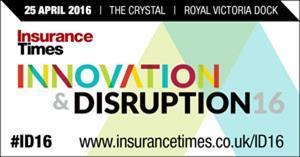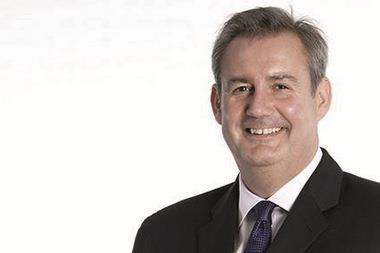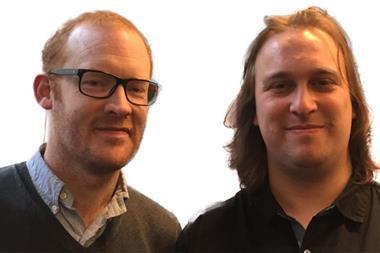Ryan Direct Group chief executive Derek Coles on why thinking and acting differently are now buzzwords for the insurance industry, and how it can learn from the Roman deity Janus

Janus was the Roman god of beginnings and transitions. He is usually depicted as having two faces, since he looks to the future and to the past. Janus could have been one of our own in insurance. After all, underwriters seek to predict the future, using the past as their guide.
Fast forward from 44BC to 2016, and change, disruption and transition are the stuff of everyday life for our industry. The exceptional level of interest in Insurance Times’ Innovation and Disruption conference in April proves the point.
Drawing on history
At Ryan Direct Group (RDG), our strategy is in continuous evolution following our acquisition by Ryan Specialty Group in 2012. We have built a business model to reflect the needs of our customers, the emerging regulatory and economic landscape and to underscore our core competencies.
Our focus is on claims and distribution services. We looked to the past and drew upon our industry’s history, as well as taking account of the changes that are turning the 21st Century insurance industry upside down.
It’s our belief that RDG has created a different model to most peers. How so? Alongside the customer journey, we seek to create value for the other party as well as ourselves. For example, we support a specialist market by managing claims for our capacity providers, but also deliver value to our partners through the distribution arrangements and the expertise we bring.
A different model
In doing so, RDG has moved away from fee-based models. The rush to the bottom on price means these businesses cannot create value for their partners. Instead, we have become a disrupter, managing claims on the back of niche and specialist insurance distribution.
Technology and price competition has led larger carriers to standardise their products for the mass market, enabling disrupters, who cannot possibly compete as scale players, to carve out growth through non-standard and specialty segments, or schemes. At RDG, we reach communities, such as students, the military or landlords who often cannot get what they want from the mass market.
To succeed, though, disrupters must understand their customers profoundly and be acutely sensitive to market dynamics. In other words, going back to the industry’s roots and how insurance started, both in life and property/casualty. Early insurers understood what their customers wanted and then put a protection wrapper over that community of like-minded people.
Everything is changing
For sure, since Direct Line put the telephone at the heart of personal lines insurance in the 1990s, technology has been a major catalyst for innovation and disruption. Buyer behaviour and consumerism is driving, and being driven, by technology. We are all buying our stuff differently, just ask the supermarkets. As in Sainsburys, Tesco or Waitrose et al, so in insurance. Customers want convenience from a brand they trust, and they expect instant insurance cover that meets their needs at a sensible price.
It’s clear that insurance will be bought by the week, day and hour, side by side with annual renewable policies, but products will increasingly aim at new social phenomena like the sharing economy or online communities.
Already, tech savvy, nimble disruptors assist carriers and capacity providers via outsourced arrangements, with insurers providing capital and underwriting expertise. Take telematics. We’ve gone from black boxes to smartphone apps in two years, mostly via disrupters, and in doing so surfaced a whole new world of underwriting factors that can determine wholly individual risk profiles for drivers.
Buying in knowhow
In light of these market changes, I’ve also noticed a trend for privately owned insurance service providers and brokers to seek talent from within insurance companies themselves. Knowledge of insurer culture and DNA can be hugely helpful to smaller businesses seeking partnerships or joint ventures with insurers.
New capital markets are emerging to threaten traditional sources of capital, which themselves are changing in response. Some have created new and semi-independent tech hubs, others are de-coupling their existing digital businesses and giving them separate P&Ls. Whether these ventures can be truly disruptive on their own is moot, but it is clear that insurers are adopting different structures – outside the mothership – to encourage their people to think and act differently.
Thinking and acting differently is now de rigeur for our industry. There’s so much information available today, and consumers are far better informed and better able to decide for themselves what they want. So much so that, in 10 years time, I can predict with certainty that Janus will be presiding over an insurance industry that is unrecognisable from today.







































No comments yet